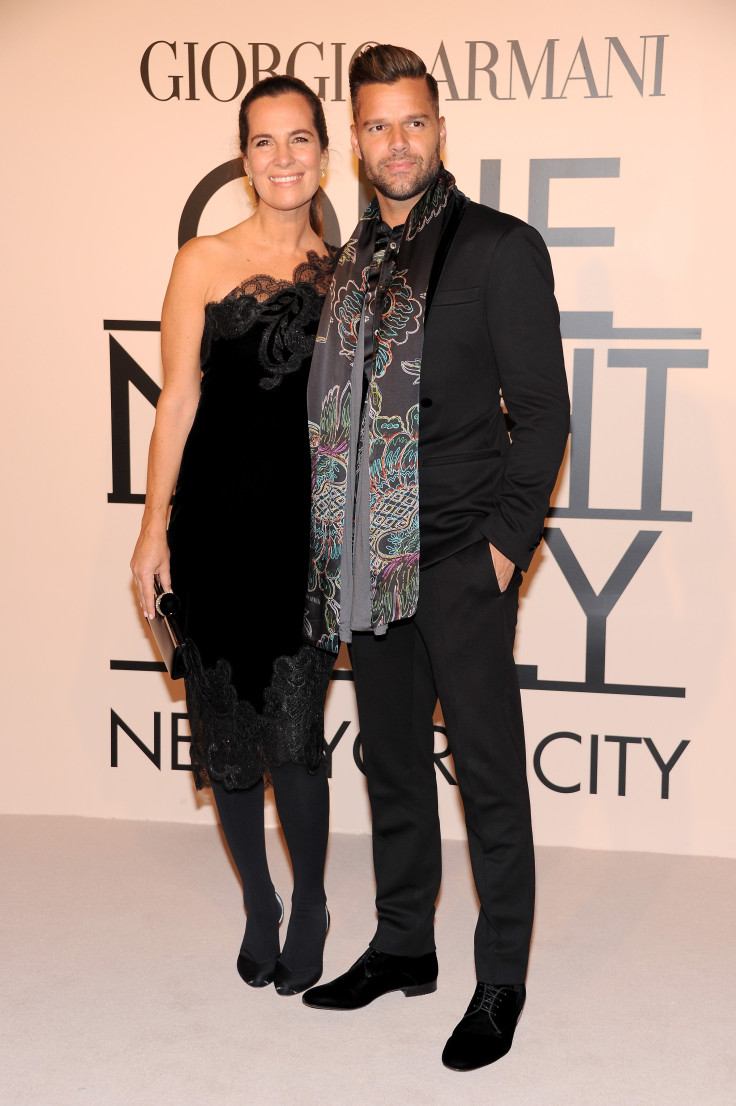The global fashion world is experiencing a period of mourning and historic transition. On September 4, 2025, Giorgio Armani passed away at the age of 91, leaving behind an aesthetic legacy that transformed the way the world dresses, as well as an independent empire that now faces its most delicate test: succession.
The question of who will take over the reins of Emporio Armani became immediate, and the answer lies not in a single heir but in a plan carefully designed by the creator himself.
Armani had anticipated this moment for almost a decade. In 2016, he established the Giorgio Armani Foundation, a legal and financial structure designed to guarantee the continuity of the group under its core values: independence, consistency, and fidelity to his style. With it, he sought to protect the brand against potential acquisitions by giants such as LVMH or Kering. According to documents released by the international financial press, the foundation will play a central role in strategic decision-making, with strict limitations on sales or mergers during the first five years after his death. In this way, Armani ensured that the company would remain under the guardianship of trusted individuals.

Among these individuals, one of the names that resonates most is Leo Dell’Orco, considered the designer’s right-hand man for decades. Responsible for the menswear line and a key figure in the group’s creative development, Dell’Orco was described on more than one occasion as Armani’s shadow. His constant presence at the shows and his influence on the house’s minimalist and sophisticated style place him in the forefront as a natural successor as the artistic director. However, he will not be alone.

The designer’s immediate family is also part of the succession plan. His sister Rosanna, his nieces Silvana and Roberta Armani, and his nephew Andrea Camerana hold executive positions and represent the core family that will support the foundation in the company’s governance.
The management team that will work alongside the foundation is completed by figures such as Giuseppe Marsocci and Daniele Ballestrazzi , who were already members of the board of directors. This shared management model reinforces the idea of continuity without rupture, a formula designed by Armani so that his company does not depend on a single heir but on a group of allies capable of safeguarding his creative and business legacy. This is an unusual approach in the luxury sector, which has been dominated in recent years by the acquisition of independent houses within large conglomerates.
Succession is not just a matter of creative leadership. The corporate dimension is also fundamental. The Armani Group recorded revenues of 2.6 billion dollars in 2024, albeit with a decline in profits attributable to the global slowdown in luxury consumption. In this context, institutional stability becomes a priority to avoid financial turbulence. The Foundation and the Board of Directors will be responsible for maintaining the brand’s competitiveness in a constantly changing market, where the influence of e-commerce and the influence of Generation Z are setting new standards.
Giorgio Armani’s death does not mean the end of his vision. Rather, it opens a new era in which his legacy will be managed by a solid structure combining family, a foundation, and trusted collaborators. According to analysts cited by international media, the strategy aims to ensure that the identity of the Armani house remains intact and that its independence, one of the values most defended by its founder, remains a distinctive feature compared to other fashion giants.
The Milan gala, where a posthumous tribute is expected during next Fashion Week, will serve as the first symbolic test of this new era. Giorgio Armani’s name will continue to light up the front row, but the future of his brand now depends on the ability of this succession network to keep alive the spirit of understated elegance that made him a universal icon. The succession clock is already ticking, and the fashion world is watching closely as the next chapter is written for one of its most iconic houses.


